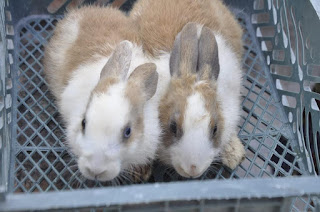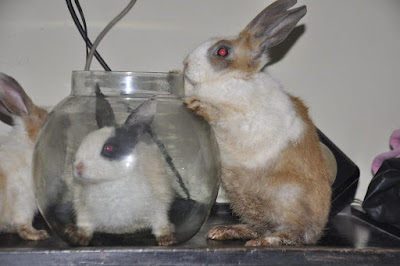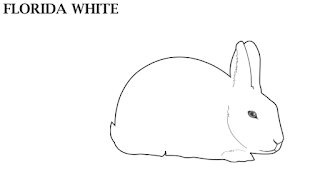Feeding and caring for senior rabbits

By Claire King, Registered Veterinary Nurse Even as little as a couple of decades ago, it wasn’t typical to see many senior rabbits. Nowadays with increasingly knowledgeable owners and advancing veterinary care, senior rabbits are a relatively common occurrence. However, as rabbits age, their needs often change and in order to support our OABs (Old Age Bunnies!), some adjustments to their care are often required. When is a rabbit classed as being senior? This is slightly complex since, as with dogs, rabbits come in many shapes and sizes, and age differently, so classing a rabbit as a ‘senior’ isn’t set in stone. The small breeds of rabbit, such as the Netherland Dwarf and Polish are often long-lived and can be expected to have a lifespan of anywhere up to 12 or 13 years of age. These small breeds may not be deemed as senior bunnies until they reach around 8 years or even older. Medium sized breeds of rabbit, ranging from dwarf lops to those of up to around 3.5-4kg in weight...



